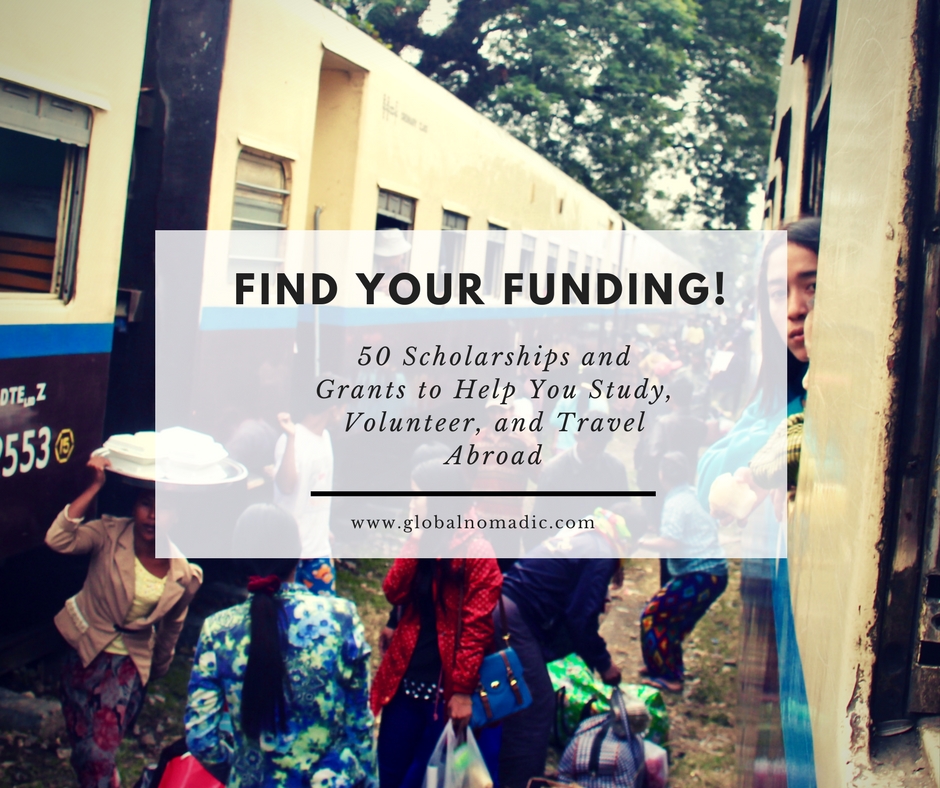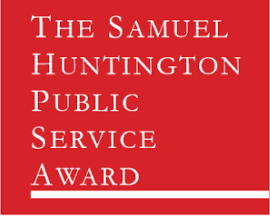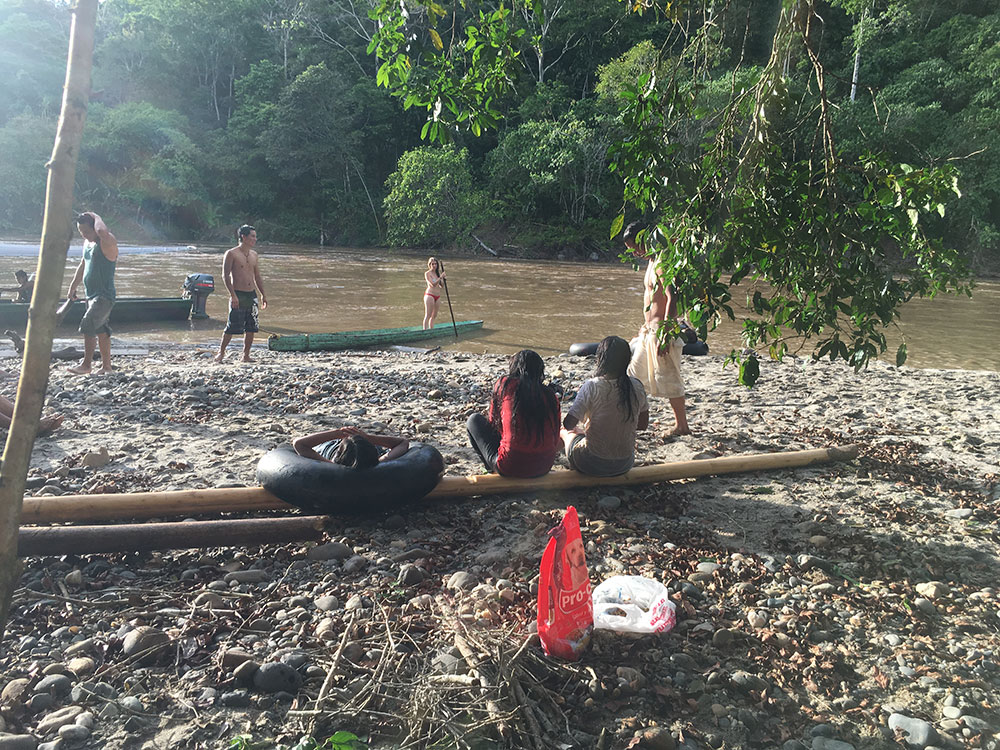As the whole world is on a clamor for better environmental practices, individuals and industries alike have run to paperless transactions. Rather than printing out paper receipts, correspondence, mail, letters, and other invitations, they’ve now made even more use of the electronic mail. Because more people are also in the digital space a majority of the time, this means that they’re utilizing this form of communication now even more than ever. Plus, it also means that your message will never get missed.
That said, many benefits come along with using email invitations, online invitations, green invites, or whatever other names it comes by. Some of these are the following:
- Less Paper Used, More Customization
Depending on the style of your physical invitation, you may have to use more paper than usual. This is prevalent in wedding invites, for instance. Added pages, laser cut trims, paper flowers, and whatnot. When you come to think of it, although these add to the physical beauty of your invite, that’s another waste of paper. Not just paper, but even money down the drain.
Chances are, after your wedding, a majority of your guests are only going to throw your invites. If you’ve got a hundred guests, imagine all of that wasted paper. Had you opted for a digital or email invitation, this is solved. You can still customize your invitation as much as you’d want to, without using up more paper and other wasteful products.
There are many websites or software today, such as Greenvelope, that you can sign up for, which enables you to make invites that are just as dynamic and beautiful.
- Cheap
How does being cheap contribute to the environment? You don’t have to buy physical products. In the creation of invites, note that it’s not only paper that’s being used. There’s glue, cutters, beads, and other products that you may have to purchase, depending on the design of your invite.
Opting to go for email invitations are usually free. The only fee you may have to pay is for signing up on the app that enables you to create your email invite. Other than that, you don’t buy anything else. That means you’re not purchasing any physical product that may not even be recycled at all.
- Save On Postage
When you’ve got guests that don’t live nearby, you’re going to have to mail the physical invites to them. Apart from the financial expense that this is going to entail, it also contributes to more fuel usage. Just as is the case in trying to travel sustainably, so is it also that here, you can highlight the negative and wasteful use of fuel. This means that when you mail a letter or hundreds of them, you’re increasing the carbon footprint of your local postage. Here’s how:
- First, if your invites have to be flown to another place, that means added cargo or baggage on airlines. Yes, you may have only twenty pieces of invites to send. They don’t weigh that much. Plus, the plane is still going to have to leave anyway. But, imagine if all the other event organizers would advocate for email invites. It’s going to work like a domino effect where physical mail is significantly decreased. This can lower the entire cargo load of plane companies. In effect, the strain on the fuel is also reduced.
- Second, the delivery of your invite from one place to another, even while on the road, still takes up fuel. The delivery man will have to go from one house to another, to send a single piece of mail. In some cases, that may mean a kilometer or more, worth of travel all for one letter. That’s very wasteful on fuel consumption.
With email invites, there’s no consumption of fuel for physical delivery. This is a significant advantage, as do remember, that fuel is one of the most harmful and non-renewable sources in the environment.
- Better Management Of Food And Space
How can a simple thing, such as an invitation, affect the management of food and space for your event? Here’s how.
In your event’s invitation, you’ll have a part for your RSVP. With traditional invitations, it’s very easy to overlook this part. Plus, many also tend to ignore it. Once you’ve sent the invitations out, it can be tough for you to monitor your guests, who are coming, and who is not. It’s troublesome also to have to contact each of them individually, just for an RSVP, when they don’t respond.
With email invitations, you can have a setting for forced RSVP. A deadline can be set, and this notification can also be sent out quickly across all of the addresses that you’ve sent the invite to. To comply with a request for RSVP is effortless and easy to do. Plus, there’s no way for your guests to miss out on it, too.
Because of that, the direct result is this: you’re able to have better management of food and space for your event. As a majority of your guests have complied with the RSVP on email on the deadline set, you’ll know what your headcount is. This means that you don’t have to prepare food and whatnot for so many more guests than is expected. This results in lesser wastage of food.
Along this line, it’s important to note that food wastage hurts the environment. Water and other equipment were used to prepare so much of that food that may only end up thrown away. That also means unnecessary consumption of plants, such as fruits and vegetables, when you could’ve given that to other consumers instead.
As minute as an email invitation may be, it can create that domino effect on your event, as set by the example above.
Conclusion
Global warming is still a big problem. Unfortunately, the business sector is one of the highest contributing factors to the worsening of global warming. Through wasteful practices and activities, the environment suffers. In this case, the event industry is no exception. As events are getting bigger and grander, so also has the clamor for physical invitations that are out-doing one event after another. But, all thanks to the responsible use of technology, a solution has been met.
Email invites are becoming the new “in” thing, because of the many promising benefits that it can give, not just to the pocket but also to the environment. For the reasons mentioned above and so many more, it’s always worth considering email invitations for your next event.















 Eligibility: Open to citizens of any of the
Eligibility: Open to citizens of any of the  Eligibility: Open to students from any country
Eligibility: Open to students from any country Eligibility: Must be a US citizen to apply
Eligibility: Must be a US citizen to apply Eligibility: Must be a citizen of a
Eligibility: Must be a citizen of a  number of students mastering critical foreign languages like Arabic, Chinese, Korean, Russian, Farsi, and Japanese. Must be a US citizen to apply.
number of students mastering critical foreign languages like Arabic, Chinese, Korean, Russian, Farsi, and Japanese. Must be a US citizen to apply. Confucius Institutes promote the study of Chinese language and culture around the world and provide generous scholarships of all types of students to study Chinese.
Confucius Institutes promote the study of Chinese language and culture around the world and provide generous scholarships of all types of students to study Chinese.




 A generous scholarship that plans to award approximately 100 young people (ages 18-30) $2,000 awards for overseas experiences that have an educational or service component.
A generous scholarship that plans to award approximately 100 young people (ages 18-30) $2,000 awards for overseas experiences that have an educational or service component. abroad programs worldwide. Open to undergraduate students who are receiving Federal Pell Grant funding at a two-year or four-year college or university.
abroad programs worldwide. Open to undergraduate students who are receiving Federal Pell Grant funding at a two-year or four-year college or university.
 Eligibility: Must be a US citizen, permanent resident, or currently studying in the US on a student visa
Eligibility: Must be a US citizen, permanent resident, or currently studying in the US on a student visa
 Eligibility: Candidates must be US citizens and nominated by one of 75
Eligibility: Candidates must be US citizens and nominated by one of 75  Eligibility: Open to ethical volunteers from all backgrounds
Eligibility: Open to ethical volunteers from all backgrounds















